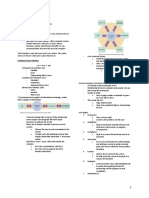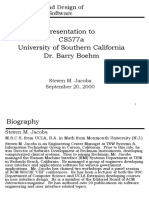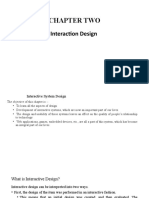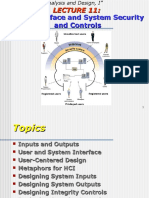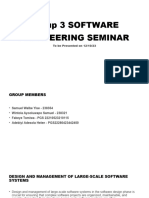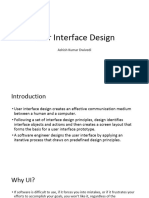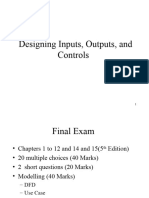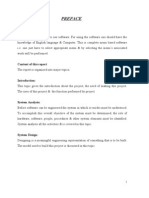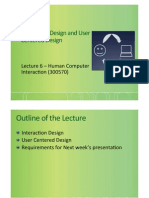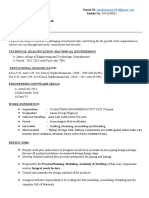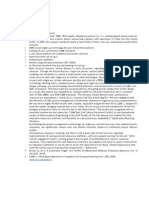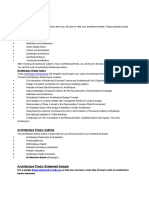0% found this document useful (0 votes)
86 views28 pagesComprehensive Systems Design Guide
The document discusses systems design and information systems architecture, including hardware, software, databases, networks, and users. It covers topics such as system architecture styles, non-functional requirements, hardware and software specification, user interface design, and program design. The goal is to explain how to design information systems by considering components, requirements, interfaces, and programming.
Uploaded by
Shierdy Lynn E. NorialCopyright
© © All Rights Reserved
We take content rights seriously. If you suspect this is your content, claim it here.
Available Formats
Download as PDF, TXT or read online on Scribd
0% found this document useful (0 votes)
86 views28 pagesComprehensive Systems Design Guide
The document discusses systems design and information systems architecture, including hardware, software, databases, networks, and users. It covers topics such as system architecture styles, non-functional requirements, hardware and software specification, user interface design, and program design. The goal is to explain how to design information systems by considering components, requirements, interfaces, and programming.
Uploaded by
Shierdy Lynn E. NorialCopyright
© © All Rights Reserved
We take content rights seriously. If you suspect this is your content, claim it here.
Available Formats
Download as PDF, TXT or read online on Scribd
/ 28





